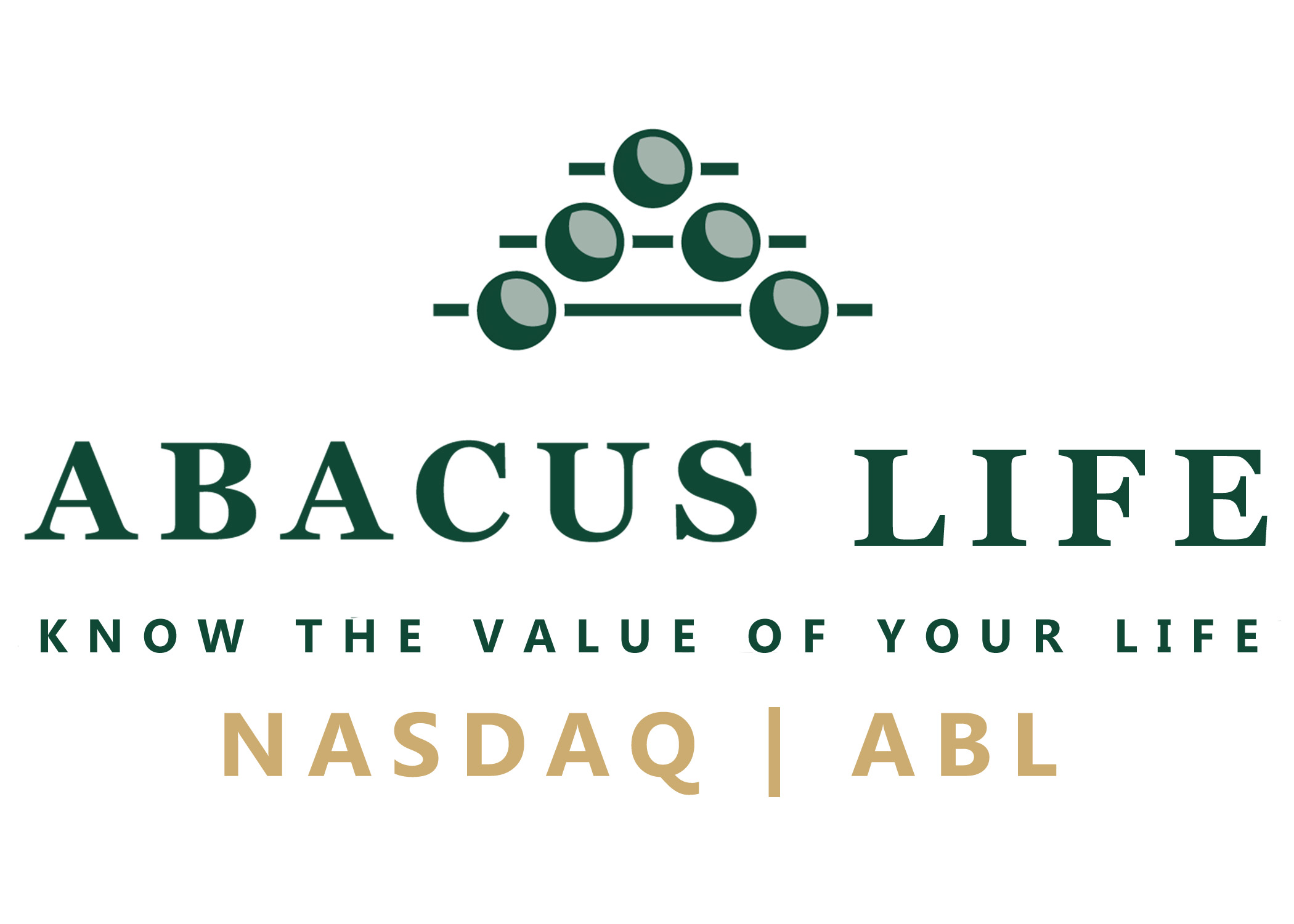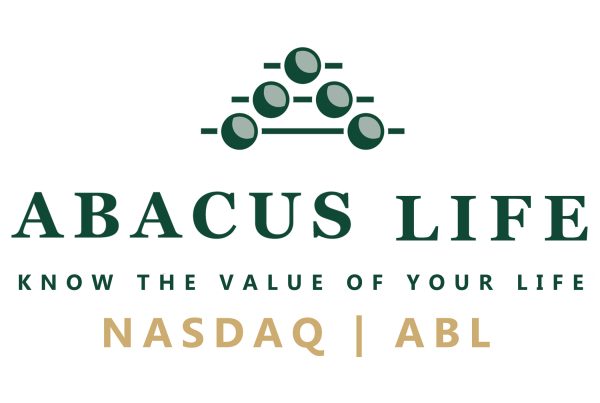Source: Donna Horowitz, The Deal | https://pipeline.thedeal.com/article/0000018b-970d-d350-af9f-bfaff2d50000/deal-news/life-settlements/conning-sees-continued-life-settlement-growth
As fears over a recession and inflation have eased, Conning’s Scott Hawkins sees positive economic signs for the life settlement market.
Conning Inc. continues to hold an optimistic view of the life settlement market.
“Conning’s analysis of the factors driving life settlement growth are mostly positive,” the Hartford, Conn.,-based firm said in its executive summary for the 18th annual review of the market. “Consumers are likely to seek additional sources of income to offset economic pressures. Investor demand for alternative assets is forecast to remain strong.”
Conning, an investment management firm that serves the insurance industry said both factors are positive for continued growth in the market.
Also, the development of a broader, direct-to-consumer market is likely to increase the number of consumers who will be able to access life settlements, Conning said.
The firm’s forecast for 2023 through 2032 reflects several key drivers, which are favorable for continued growth in the asset.
“Life settlements remain an appealing alternative asset class to investors seeking above-average returns,” the executive summary added.
Scott Hawkins, head of insurance research for Conning, said his firm has seen slight changes since last year when it looked at the possible impact of a recession.
If a recession does occur, he said it won’t be as strong as once expected, noting that inflation also has fallen from last year.
Hawkins said higher interest rates this year are a plus for insurance companies because this translates into higher crediting rates for universal life insurance. This means insurers will not have the same need to obtain higher premiums to keep policies in force.
There is much less pressure on insurance companies compared to 2016 and 2017 when interest rates were low and carriers were thus seeking increases in cost-of-insurance rates, Hawkins pointed out.
Those COI increases triggered numerous class action lawsuits resulting in multimillion dollar cash settlements, five-year freezes on new COI rate hikes and agreements by insurers not to challenge lack of insurable interest or misrepresentations on policy applications.
Although Covid hits older people harder and there still is excess mortality for this population, the coronavirus it is now endemic like the flu, Hawkins said.
Offsetting the reduced need for higher cost-of-insurance charges, however, are increases in deaths of younger people from 35 to 50 years of age from auto accidents, opioid overdoses and suicides, he added.
While life settlement investors do not buy policies on younger people, there may be pressure on life insurance companies to increase the cost of insurance due to increased mortality of this group, Hawkins said.
Given the favorable drivers for life settlement market growth, Conning’s latest analysis estimated that the average annual gross market potential for life settlements is about $223 billon and the average annual volume for new life settlements is about $5 billion.
Last year’s annual volume totaled $4.5 billion in face amount purchased in the secondary market, according to The Life Settlements Report’s annual market survey based mainly on data obtained through public records requests to state insurance departments.
The Conning report also said that the 42 insurance companies targeted at the end of last year by life settlement investors had a weighted average risk-based capital slightly higher than for he overall life insurance industry.
“Note that both groups were significantly above the 200% ACLC (authorized control level capital) level and indicate the general capital strength of the U.S. life insurance industry,” the executive summary said.
Between 2018 and 2022, the 42 target companies averaged a portfolio return above the remaining industry, the report further said.
At the same time, lapse and surrender rates were lower than the rest of the industry while mortality rates were higher than the remaining industry, Conning said.
“That higher mortality rate may reflect a lower use of reinsurance by the 42 companies, compared to the remaining industry,” Conning added.
Source: Donna Horowitz, The Deal | https://pipeline.thedeal.com/article/0000018b-970d-d350-af9f-bfaff2d50000/deal-news/life-settlements/conning-sees-continued-life-settlement-growth





